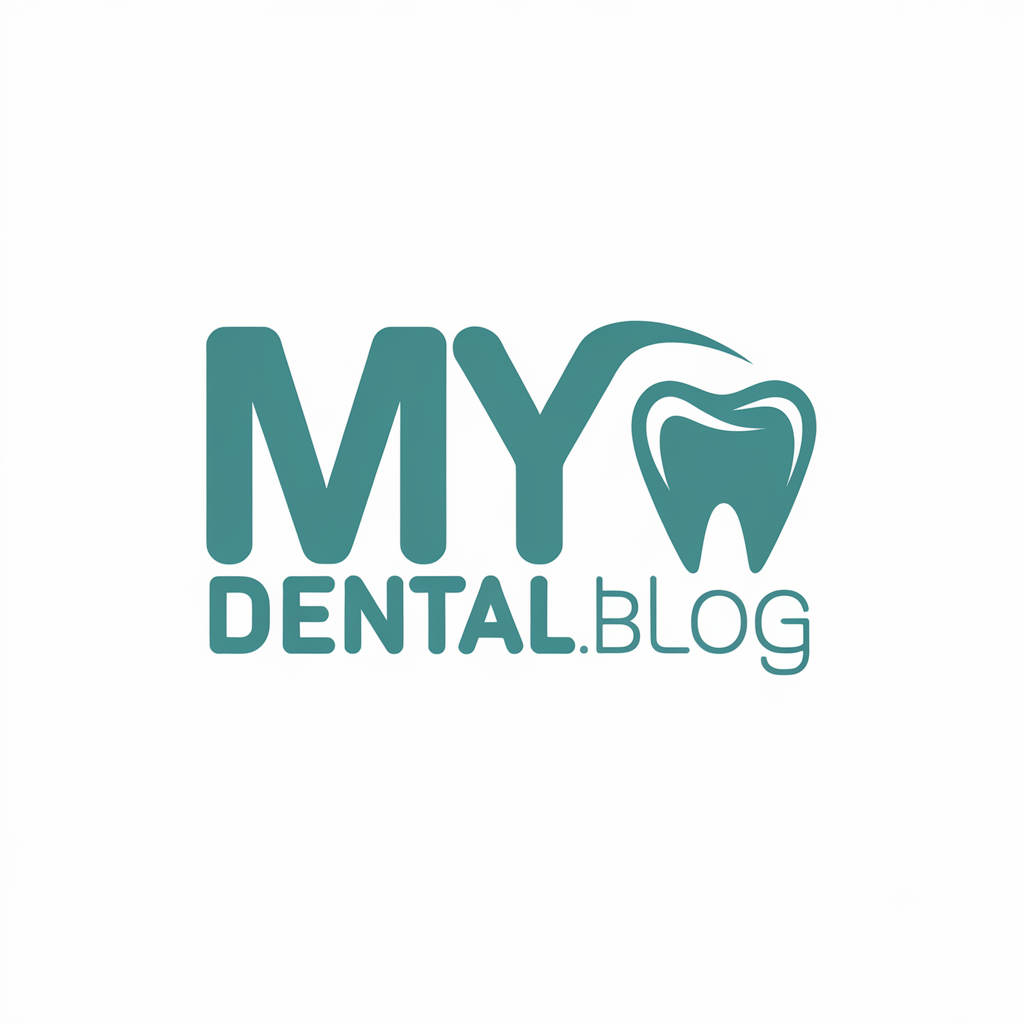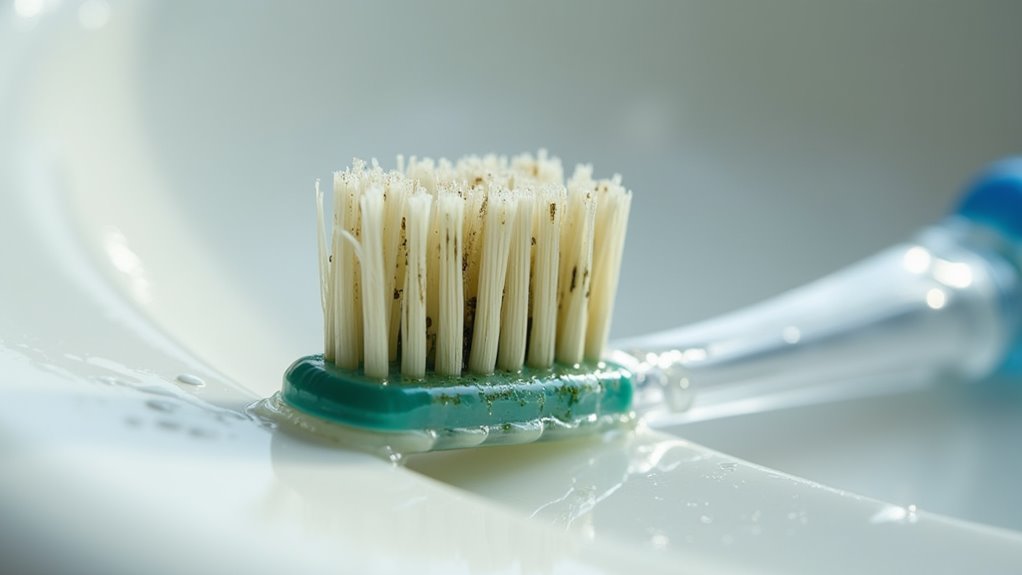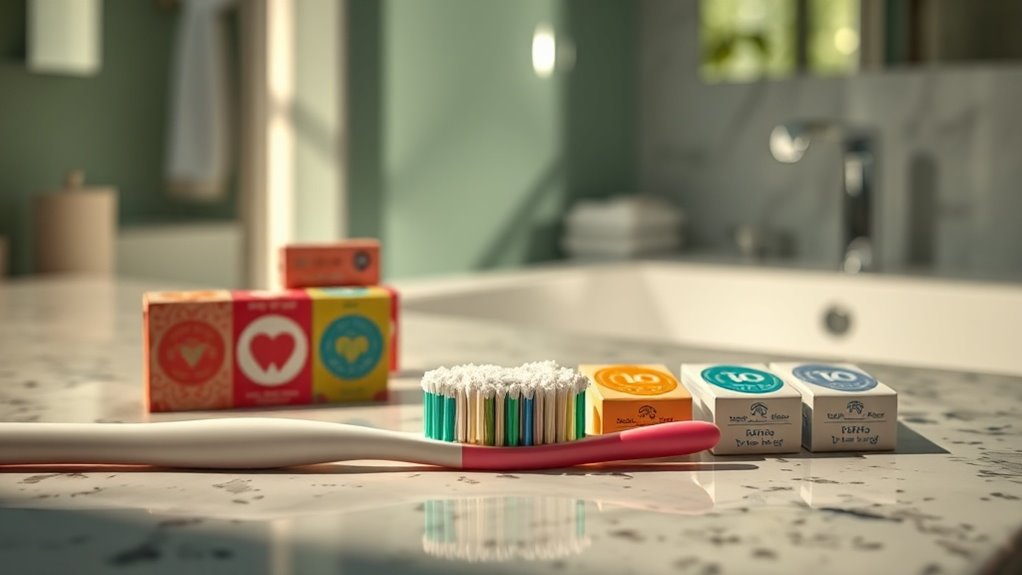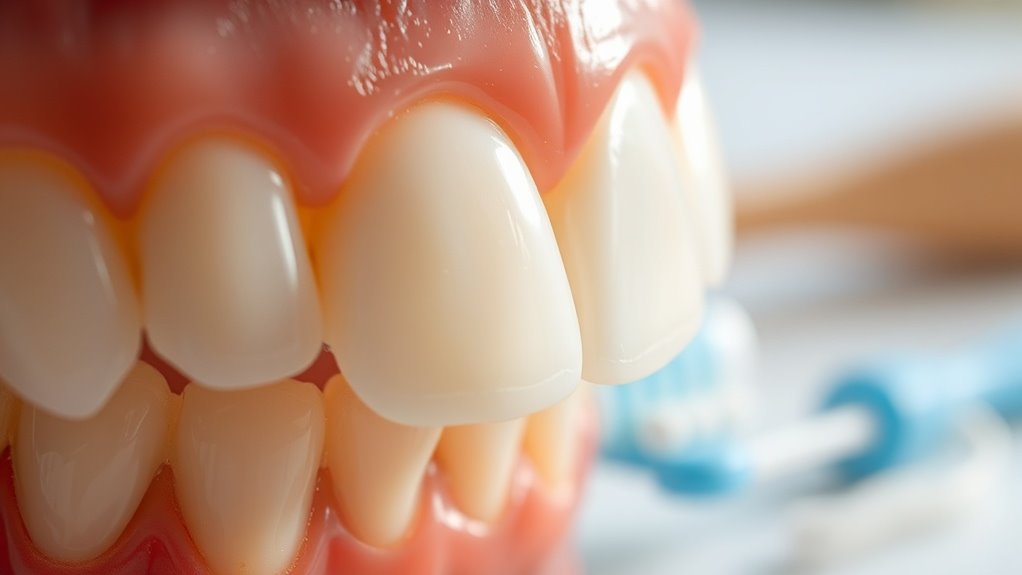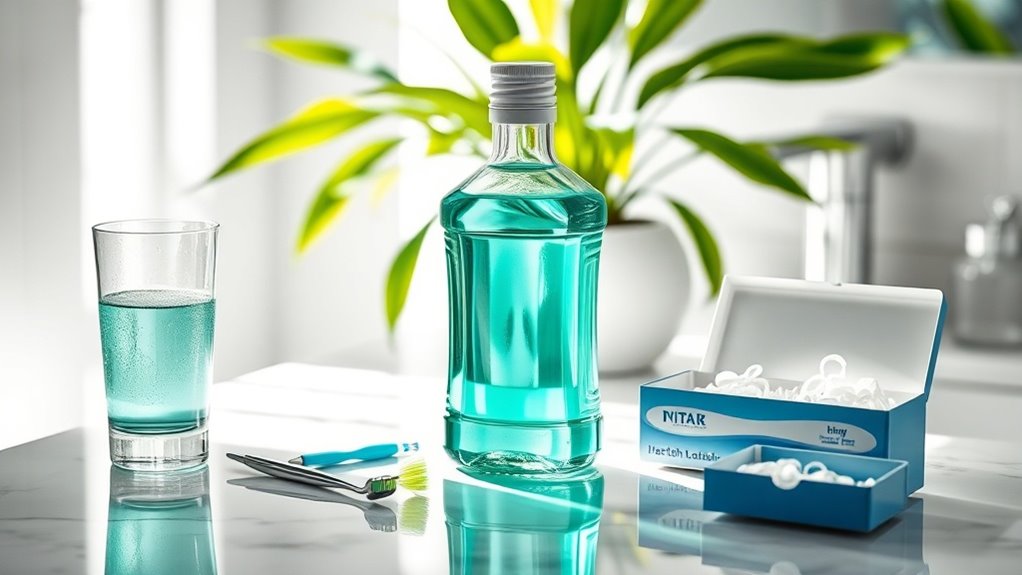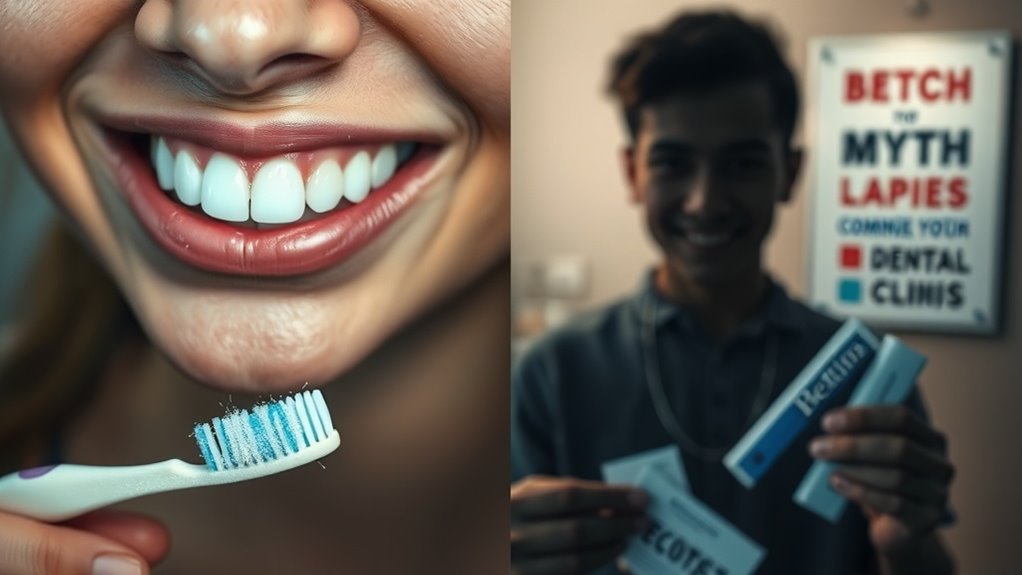The Toothbrush Mistake That’s Causing Bad Breath!
You’re making a crucial mistake with your toothbrush that’s sabotaging your fresh breath. Even if you brush twice daily and follow proper dental hygiene, an old toothbrush can secretly work against you by harboring harmful bacteria. Those frayed bristles aren’t just worn out – they’re potentially housing millions of microorganisms that transfer right back into your mouth. Want to know if your toothbrush is the culprit behind your bad breath?
Why Your Old Toothbrush Is Making Your Breath Worse
While most people remember to brush their teeth twice daily, they often forget about replacing their toothbrush regularly. Your toothbrush plays a crucial role in maintaining fresh breath, but when you continue using it beyond its lifespan, it becomes a breeding ground for harmful bacteria.
These microorganisms accumulate between bristles and multiply, eventually transferring back into your mouth during brushing. You’re essentially reintroducing bacteria into your mouth when you use an old toothbrush, creating a cycle that leads to persistent bad breath.
The worn-out bristles also become less effective at removing food particles and plaque, contributing to oral health issues. To maintain optimal hygiene and prevent bad breath, you should replace your toothbrush every three to four months. Additionally, neglecting oral hygiene can allow bacteria to thrive, worsening your breath and overall health. If you notice frayed bristles before then, it’s time for an immediate replacement. By staying proactive with toothbrush maintenance, you’ll significantly improve your breath and overall oral health.
Signs Your Toothbrush Is Harboring Harmful Bacteria
Your toothbrush can reveal telltale signs when it’s become a bacterial hotspot. Look for discolored bristles, especially those with a pinkish or brownish tinge, which indicate microbial colonization.
If you notice a slimy film coating the bristles or base, that’s biofilm – a complex matrix of bacteria thriving on your brush.
Pay attention to unusual odors emanating from your toothbrush, even after rinsing. A musty or foul smell signals significant bacterial growth.
Watch for bristles that remain damp hours after use, as moisture creates an ideal environment for microorganisms to multiply. You might also spot white or gray spots on the bristle base, indicating mold development.
If the bristles are frayed, splayed, or matted despite regular use, bacteria have likely weakened their structure.
These signs, combined with persistent bad breath despite good oral hygiene, suggest it’s time to upgrade your dental tools. Additionally, dry mouth can exacerbate bad breath by allowing bacteria to thrive, highlighting the importance of proper hydration.
The Right Way to Clean and Store Your Toothbrush
Three essential steps ensure proper toothbrush maintenance: thorough rinsing, effective drying, and smart storage.
After brushing, rinse your toothbrush thoroughly under hot running water for at least 30 seconds, making sure to remove all debris and toothpaste residue. Hold it at a 45-degree angle and let the water flow through all bristles.
You’ll want to shake off excess moisture vigorously afterward.
For optimal drying, position your toothbrush upright in a well-ventilated holder that allows air circulation. Never cover the bristles or store your brush in a closed container, as this creates a breeding ground for bacteria. Regularly maintaining your toothbrush is crucial for preventing bad breath-causing bacteria from thriving.
Keep it at least 6 inches away from your toilet and sink to avoid contamination from splashing water or airborne particles.
Consider using a UV sanitizer for extra protection, but don’t rely on it exclusively.
Replace your toothbrush every three months or sooner if the bristles become frayed or discolored.
When and How to Replace Your Toothbrush for Fresh Breath
Even if your toothbrush appears clean, microscopic bacteria build up over time and contribute to bad breath. Your toothbrush’s bristles gradually wear down and lose their effectiveness at removing plaque and bacteria, making them less capable of maintaining fresh breath.
-
Replace your toothbrush or electric brush head every 3-4 months – don’t wait until the bristles are visibly frayed, as bacteria accumulation starts much earlier.
-
Switch to a new toothbrush immediately after recovering from any illness to prevent reinfection and lingering bad breath.
-
Choose bristle firmness based on your dental needs – medium bristles typically offer optimal cleaning without damaging enamel or gums.
-
Consider antimicrobial toothbrushes with silver-infused bristles or UV sanitizing cases for enhanced protection against bacteria growth between replacements.
Additionally, maintaining effective oral hygiene practices is essential for preventing bad breath.
Set a recurring calendar reminder to track when it’s time for a replacement, ensuring you’ll maintain optimal oral hygiene and fresh breath.
